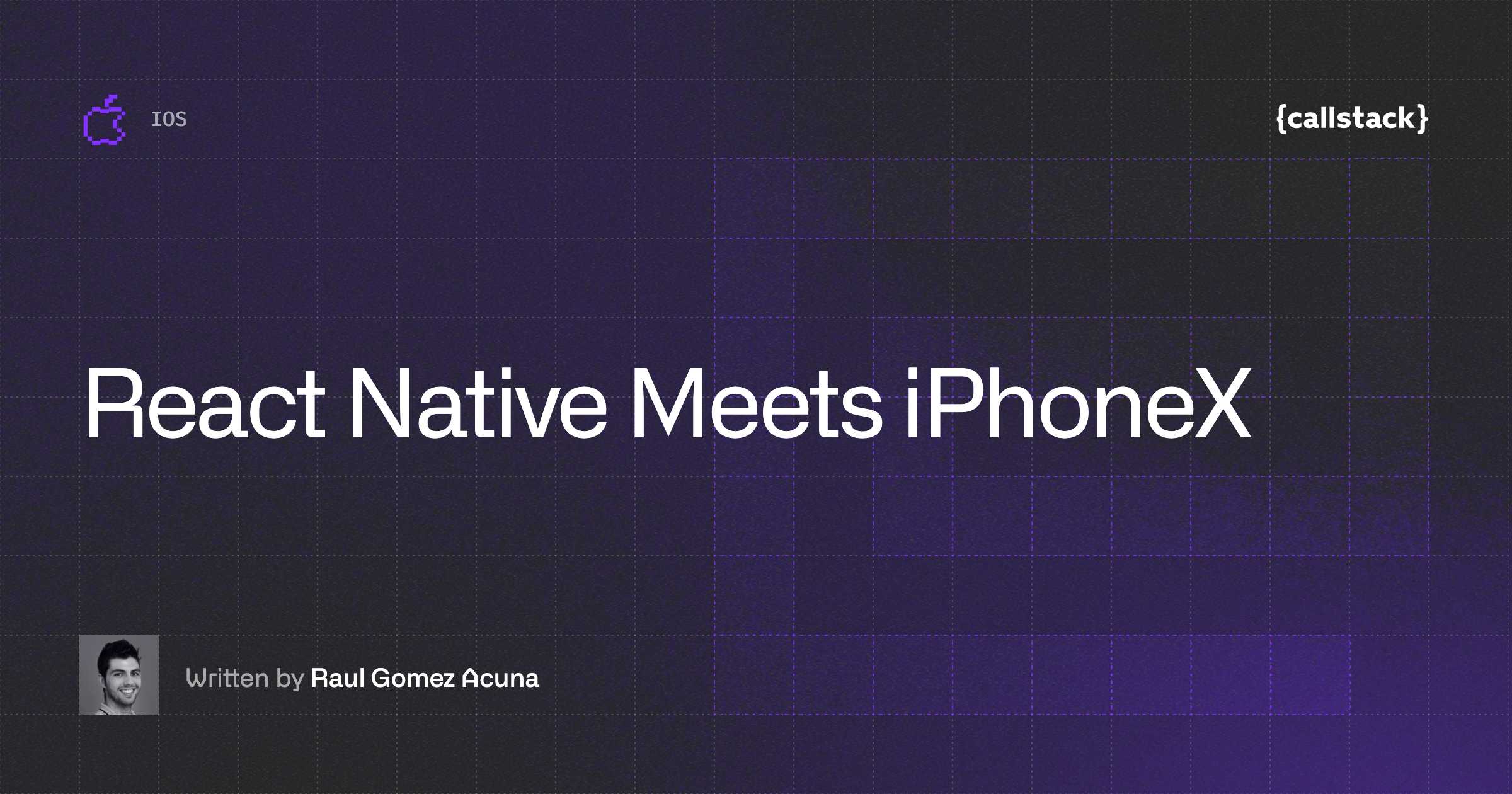This article based on creating native ui components and native modules.
Intro
As a React Native developer with native background, I wanted to create an iOS view component of react-native-viewpager. This component allows the user to swipe left and right through pages of data. I opened the docs and followed it step by step, which seemed to work just fine. I was wondering, what about the case, when the parent view will have multiple native children views?
Problem
Let’s consider the following case. React Native view can have more than one child view in the view tree eg.
Class MyNativeView is a wrapper for NativeComponent and exposes methods, which will be called on the iOS side. A component rendering two MyNativeView’s inside a View and it looks like as follow:

The above picture shows example application, which contains two MyNativeView’s and 2 ButtonContainer’s, which contain two buttons called next and previous. These buttons in ButtonContainer controls the behavior of the respective views.
When the user interacts with the component, like pressing the button or swipe, MyNativeView should change the page. In this case, the component would not know which MyNativeView should be handled and which MyNativeView should change page. Below you will find a solution to this problem:
Now the above component has a reference to a particular MyNativeView, which allows us to use a specific instance of MyNativeView. Now the button can control which MyNativeView should change its page.
Let’s assume, that goToNextPage and goToPreviousPage changes pages of viewpager and call Objective-C method in iOS component. The documentation says, that it should be implemented like above.
But another question is, which view should call one of the above methods? NativeComponent does not know, which view should change the page in this case. I’ve found the answer in React Native repository.
Solution
Let’s change implementation of goToNextPage and goToPreviousPage using UIManager:
dispatchViewManagerCommand needs 3 parameters:
- <rte-code>(nonnull NSNumber *)reactTag <rte-code>— id of react view.
- <rte-code>commandID:(NSInteger)commandID<rte-code> — Id of native method, that should be called
- <rte-code>commandArgs:(NSArray<id>*)commandArgs<rte-code> — Args of native method, that we can pass from JS to Native side.
Now let’s describe the iOS part. To expose this method in JS, NativeModule needs export function:
Here both methods are defined in the RNCMyNativeViewManager.m. Remember, that react bridge adds <rte-code>(nonnull NSNumber*)<rte-code> reactTag as the first parameter of each exported functions. This exported functions will find a particular view using addUIBlock, which contains the viewRegistry parameter and returns the component based on reactTag, allowing it to call the method on the correct component. Now we are sure, that an appropriate view is handled correctly.
Summary:
- Use ref to create reference to your view component
- Method <rte-code>UIManager.dispatchViewManagerCommand<rte-code> call exported method from native module
- Remember to add <rte-code>(nonnull NSNumber*) reactTag<rte-code> as first parameter of exported function
- Checkout github repo to see example usage
If you like the idea that I described in this article or want to talk about it, please contact me on Twitter. If you need more help in React Native or Open Source, feel free to contact us at Callstack.
Learn more about
iOS
Here's everything we published recently on this topic.
We can help you move
it forward!
At Callstack, we work with companies big and small, pushing React Native everyday.
Release Process Optimization
Ship faster with optimized CI/CD pipelines, automated deployments, and scalable release workflows for React Native apps.
React Native Brownfield
Integrate React Native into existing native application and start sharing code across platforms immediately.
Mobile App Development
Launch on both Android and iOS with single codebase, keeping high-performance and platform-specific UX.
React Native Modules Development
We help teams extend React Native with native modules that meet demanding performance, integration, or device access needs.





